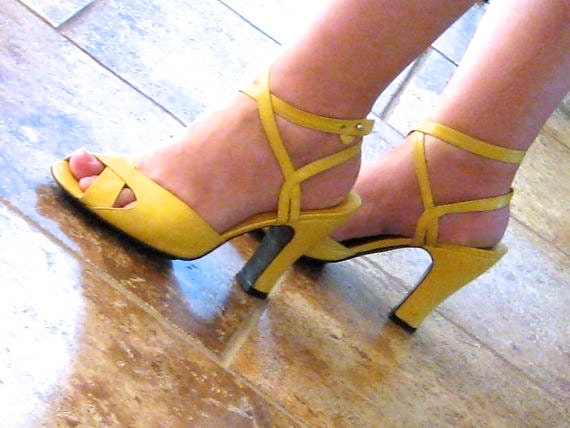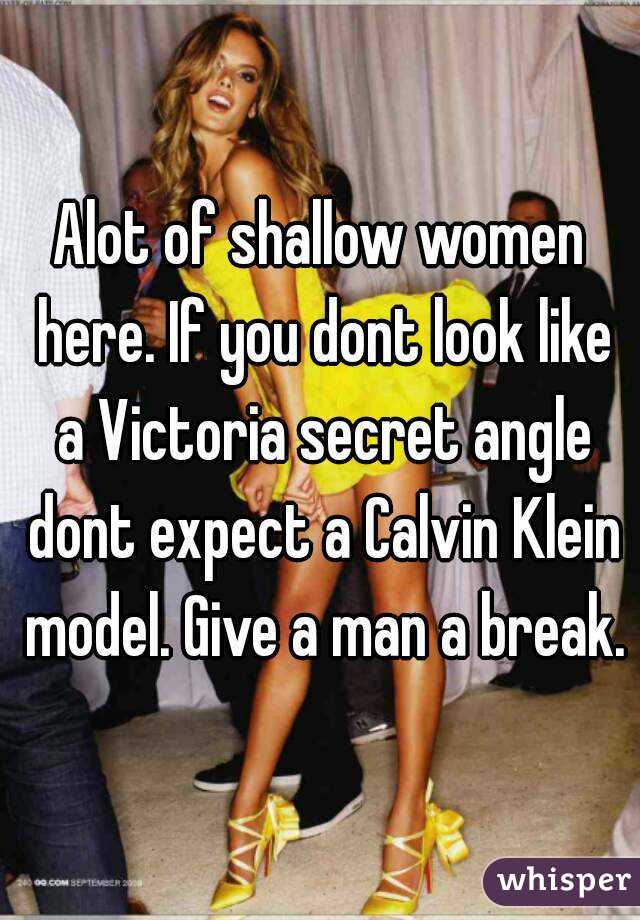Image Basics
Image Similarities
Intended Purposes
Cover 1: The cover implies that the book is about a sad/ melancholy European or American girl in the country who seeks or finds herself in solace.
Cover 2: The cover implies that the book is about a child who is perhaps fleeing because of the blurry image. The child could also have just "let go" of someone's hand. The cover focuses on the author's name and perhaps will cause the viewer to infer that the child is Asian.
Cover 3: The cover implies that the book is sad and about loneliness. The cover plays off the fact that if the pole "let go" of the boat it would drift away which is negatively connoted.
Cover 4: The cover is the most creepy because of the childish drawing of internal organs in a body of barbed wire implying capture. Additionally the drawing is taped to a window that shows a forest implying solace. The spooky handwriting draws attention.
 vs.
vs. Cover 1 conjures the words "lonely", "hidden", "not modern". Quite honestly I think of a Taylor Swift song where she is sad because some guy dumped her and she is forever alone. Cover 2 makes me think of the words "running", "child", and "dream". I think that the child is running from the photographer because they are scared, mad, or unhappy.
Cover 1 if I saw it before I read NLMG would make me think the book is about a lonely girl in rural Europe or America. Because I have read the book the image represents Kathy H. at Hailsham. Cover 2 before reading would make me think that the book is about a child who is unhappy. Because I have read the book the image represents children who are donors running from the scary adult world of responsibilities.
Cover 1 is portraying Kathy H. from perhaps the perspective of Tommy or Ruth. Cover 2 is portraying any child (girl or boy) that is a clone. The perspective is perhaps from an adult or guardian.
Cover 1 places the book in a Westernized cultural setting. The teenage girl appears to have no makeup on and non revealing clothing thus implying innocence. Cover 2 places a focus on the author's name. This might make the author think that the dark haired child is of an Asian ethnicity or set in a country within Asia. The child's hair is short enough to be "boyish" but long enough to possibly be the hair of a young girl. The construct of independence is represented because the child is running away without help.
Cover 1 was perhaps made by a British company. As you can see in the map below a high percentage of people in the United Kingdom. The cover plays off the archetype of "innocent maiden" female characters because the young women is modestly dressed and submissive in posture. Cover 2 was perhaps made by a more globally oriented company. Approximately 75% of people in the world have dark brown or black hair. Using a child with this hair color would allow there to be a greater chance that the reader connects the child pictured with himself/herself or a family member. Additionally, it is not clear if the child is a boy or girl which would connect to all readers because females can think the child is a girl while males can think that the child is a boy.









